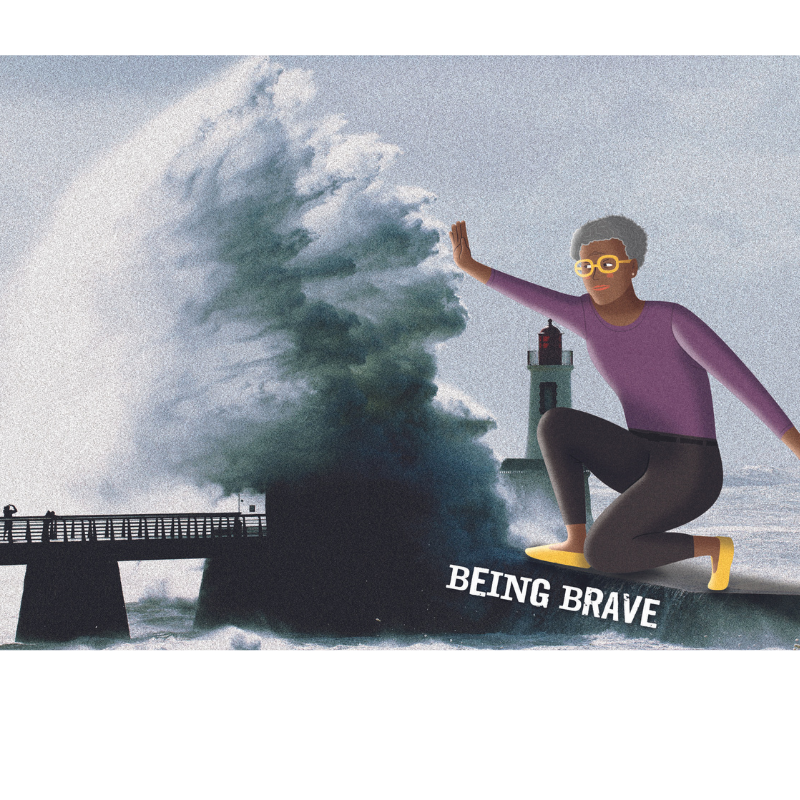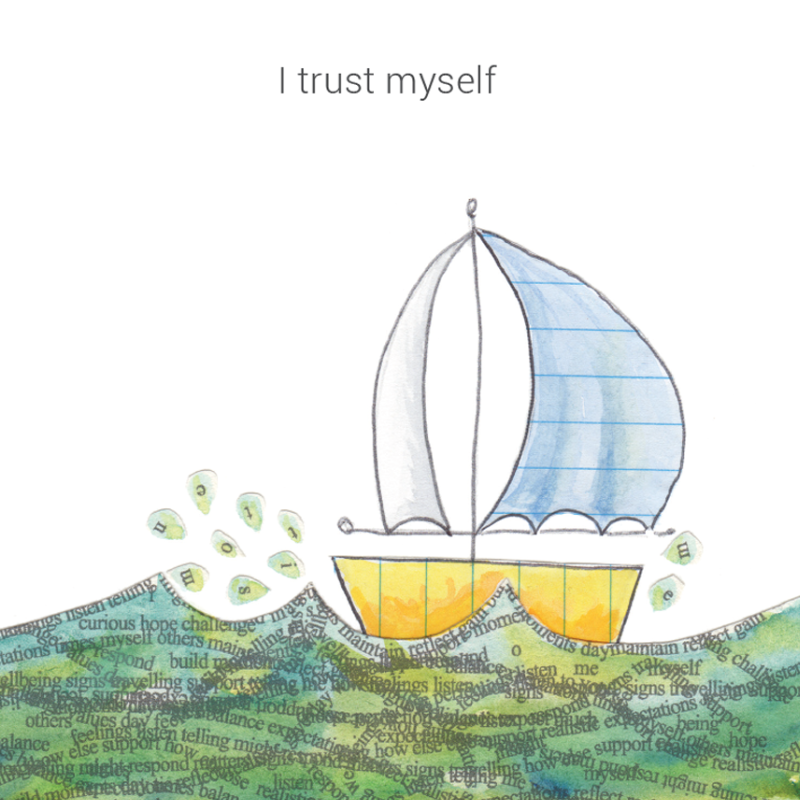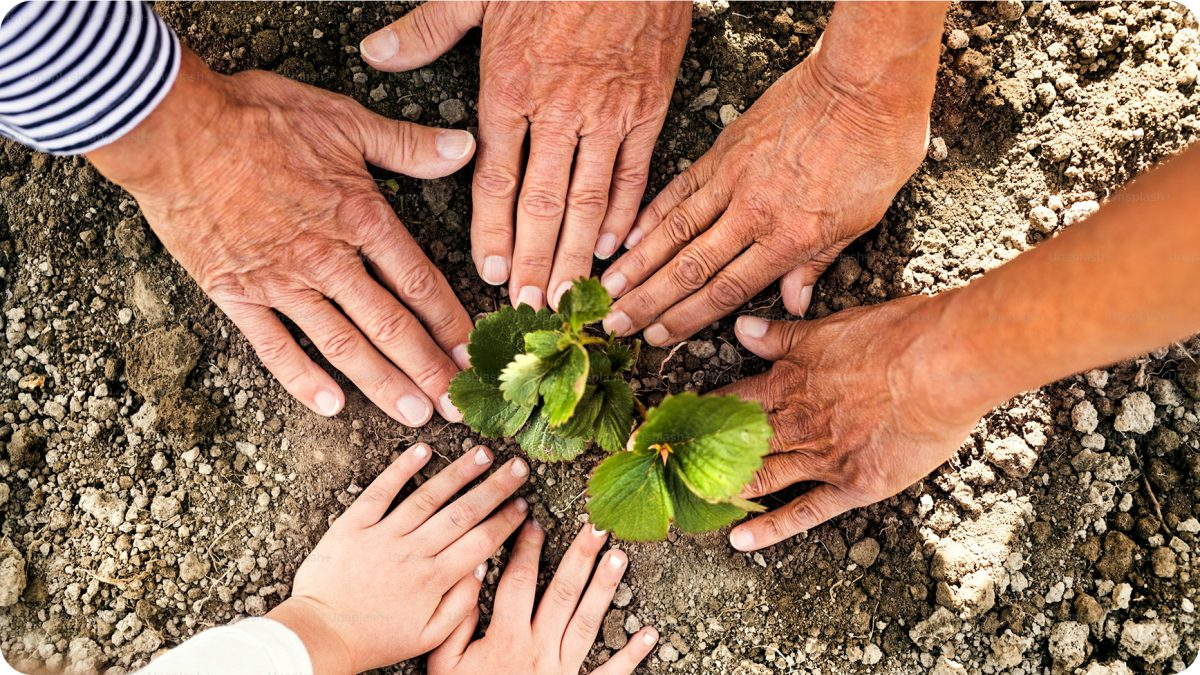Sort by
Most Recent Least Recent A - Z Z - A
Category
All categories change management counsellors counsellors, psychologists and social workers digital resources early learning early years practitioners educators family group facilitation literary therapy managers, supervisors, organisations managing People mental health news parents parents, carers and families pastoral care primary teachers psychologists schools secondary teachers social Inclusion social workers spiritual care practitioners strengths-based Practice Team building trainers uncategorised youth
Tag
anxiety art therapy Body Signals Boys caring change change management children choice choices Circles client recording couples culture depression discount diversity and inclusion eating disorders Education Ethics Families... family violence Feelings Feelings and body signals flash sale foster care Friendship... gender Gender fairness Girls... Goal setting Grief history of Innovative Resources identity indigenous Indigenous Australians Innovative Resources Labelling Labels LGBTIQ Life tweaking logo Mental Health parenting People’s stories Practice Reflection professional development and reflective practice relationships relationships and parenting Safety sale scaling and evaluation self care Social Work... solution-focused staying safe stories and narrative Storycatching Storytelling strengths Strengths and choices Strengths Approach Strengths Cards Unlimited Supervision Team building... The Nature of Strengths The Wrong Stone Training Trauma Ups and Downs Values and beliefs wellbeing and self-care Youth...












